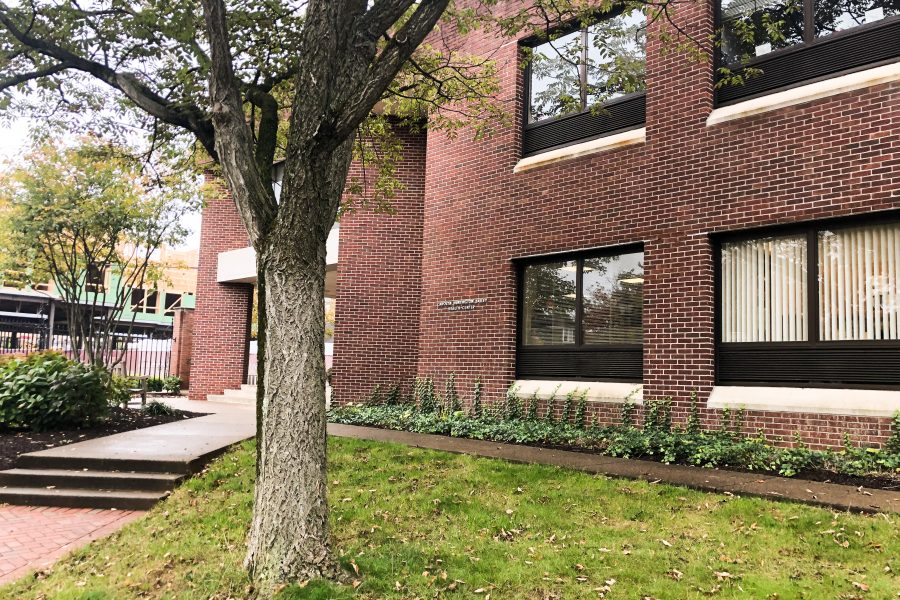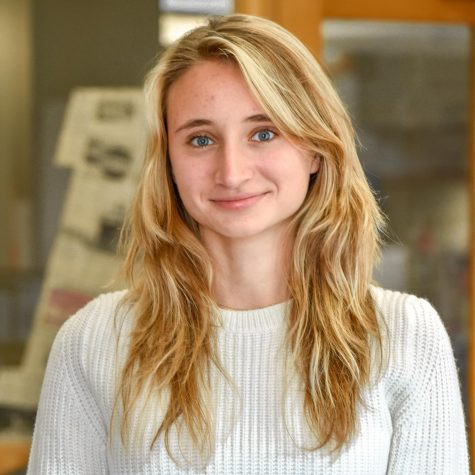Of all the reported cases of Sexually Transmitted Infections (STIs) in the United States, over half are found in young people ages 15 to 24 years old, according to the CDC. The number of reported cases, particularly among young people, has increased significantly over the last decade.
The consequences of getting an STI at a young age can have significant health consequences. According to the CDC report, infertility and HIV transmission are among the largest concerns for people diagnosed with STIs.
Although on the rise in all groups of Americans, Director of Health Services Dr. Jeffrey Goldstein, said those at the highest risk and have the highest rates of STIs are gay men.
“In general, that has historically been the highest risk group. The higher rates of HIV and STDs among men having sex with men has to do with the fact that there’s just a higher prevalence of those diseases and that group and the behaviors in that group,” Goldstein said.
These behaviors include not using condoms as regularly as other groups and having anal sex, which is the highest risk sex for transmitting STIs, Goldstein explained.
“Those are the main reasons, primarily the behaviors and the prevalence in that group of individuals makes for a higher number of cases for those diseases in general,” he added.
In the past, the college frequently hosted STI testing on campus by Novus ACS, a medical clinic that offers free STD testing. This program was discontinued in the fall of last year.
“We were kind of sad to see them leave,” Goldstein said. “It was a wonderful relationship whereby they sent a med-tech over who everybody loved, and students would literally on the day he was here, line up to get tested. It was great.”
“Unfortunately, the government decided that Novus could no longer do that for the college-age group,” he added.
STI testing for students is still available in the Bailey Health Center, but unless students are exhibiting symptoms, they will likely be referred to a medical center in downtown Easton.
“Now we have replaced that experience in the health center with a similar clinic, which is within walking distance,” Goldstein said. “St. Luke’s has a similar clinic where you can get free testing.”
When it comes to education and outreach for students on campus, Andrew Bachman ‘21, the administrative liaison for Quest, an LGBTQ and ally student organization, said that Lafayette does “an average job” in terms of resources, but could provide more educational outreach.
“There could be further initiative on an administrative level, such as classes on sexual health and sex-ed given by sex education professionals, or even just Baileys Health Center could give sexual health one-on-one to students that may come from backgrounds that don’t educate them that way,” he said.
Goldstein explained that the health center usually hosts one program a year, and that there are other initiatives hosted outside of the center. However, he said these events are usually only attended by 20 to 30 students.
Goldstein said that he has done many talks over his years at Lafayette, and feels it is more beneficial to speak to smaller groups of students like sororities, fraternities, or athletic groups.
“I love when we get the invitation so that we’re not putting out a program and then having very few people show up and put the energy into it,” Goldstein said. “I’d love for these students [to] reach out to both the health center and our education coordinator and say ‘hey, we would love to have you come talk about STIs, we want to learn more.’”



























































































































